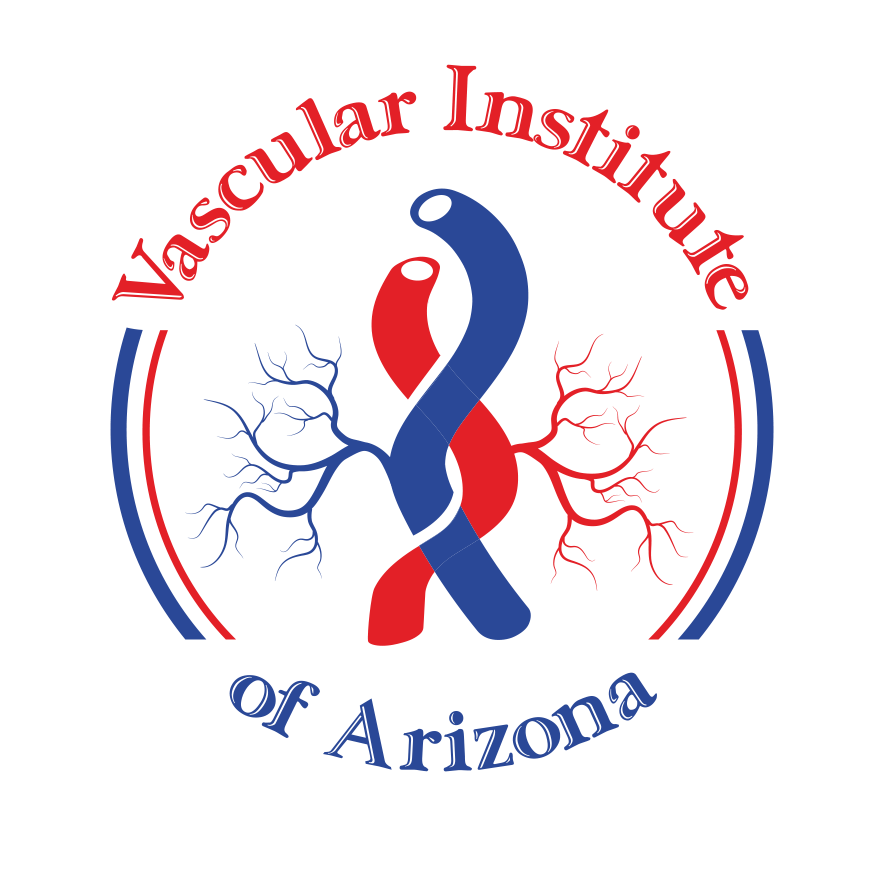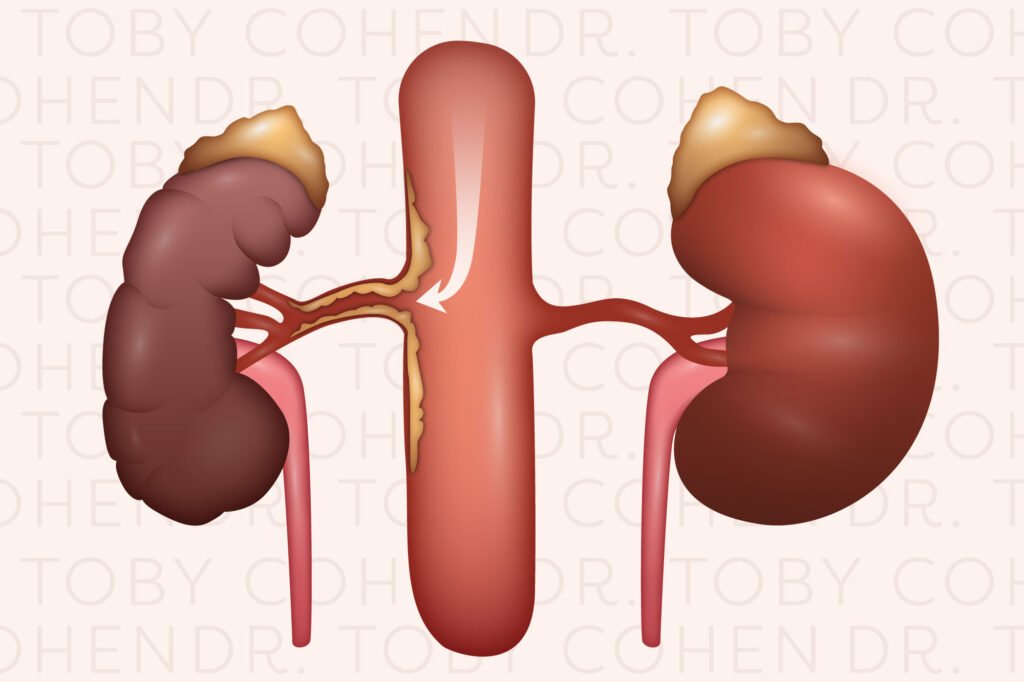Visceral artery stenosis
Visceral artery stenosis is caused by atherosclerosis — a common condition of the arteries that causes them to narrow and harden. It develops when excess cholesterol in your blood clumps together with other waste products to form plaque.
The plaque is sticky and attaches itself to the artery walls, building up in places and limiting the space for your blood to flow. Reduced or blocked blood flow (called mesenteric artery ischemia) along the visceral arteries can starve your organs and tissues of oxygen, resulting in organ failure.
Aneurysms
An aneurysm is an enlarged section of an artery that fills with blood. The blood balloon can burst and cause life-threatening internal bleeding.
What symptoms do conditions of the visceral arteries cause?
Conditions affecting the visceral arteries result in different symptoms depending on the cause of the problem.
A gradual narrowing of the visceral arteries causes abdominal pain after eating and can lead to weight loss. Symptoms of an acute blockage in your visceral arteries could include bloody stools, frequent vomiting, and a drop in blood pressure. Hydrogen levels might increase in your blood, and your white blood cell count could go up.
If you have an aneurysm in one of your visceral arteries, you could be unaware of it. If the aneurysm is reaching the bursting point, you might suffer sudden back or abdominal pain. If the aneurysm bursts, it can cause your body to go into shock, and you might collapse.
What treatments are available for visceral artery conditions?
Treating conditions of the visceral arteries differ depending on which disorder you have. Dr. Balraj uses endovascular techniques and open revascularization of mesenteric arteries. These arteries feed oxygen-filled blood into the gastrointestinal system.
Revascularization means increasing the space in your artery to allow blood to flow freely again. One approach is endarterectomy, which uses specialized instruments to scrape away the plaque. Another is balloon angioplasty and stenting.
Angioplasty is a form of minimally invasive endovascular surgery. Dr. Balraj inserts a tiny tube called a catheter into an artery and passes it to the blocked section. He inflates a tiny balloon at the tip of the catheter to squash plaque against the artery walls. The stent is a tube that Dr. Balraj leaves in the treated artery to stop it from closing up again.
To benefit from Dr. Balraj’s extensive experience in treating conditions affecting the visceral arteries, call the Vascular Institute of Arizona today or book an appointment online.


